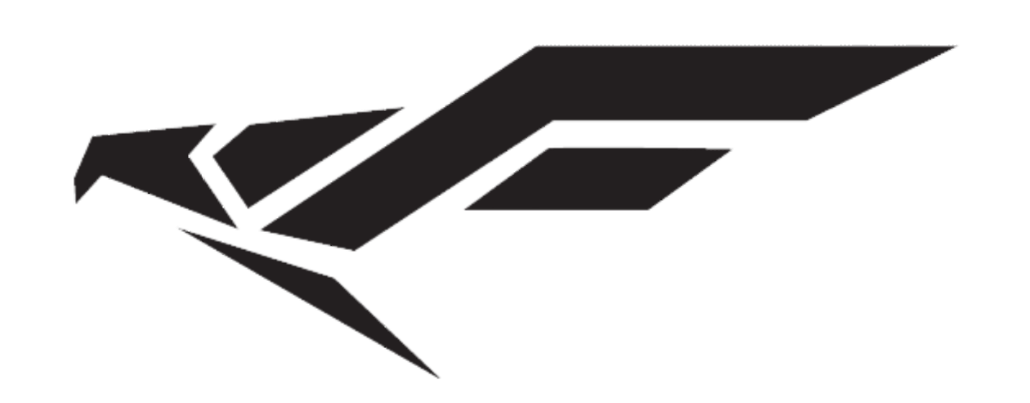Price’s Law and the 20% Sales Elite: How to Join Them Without Hating the Process

It's no secret that a small number of reps close the majority of deals in SaaS sales. But have you ever wondered why that happens and how you can become one of those top performers without burning out?
It turns out there’s a real principle behind it, and it’s called Price’s Law. Here’s what you need to know.
What Is Price’s Law?
Price’s Law says that in any organization, a small number of people are responsible for a large part of the results. More specifically, the law states:
50% of the work is done by the square root of the total number of people.
For instance, if your SaaS sales team has 25 reps, about 5 of them are doing half the revenue-driving work. The rest are sharing the other half.
This isn’t just about effort they're putting in. Some reps are simply far more effective, and the gap widens over time.
It’s similar to the 80/20 rule (Pareto Principle), but Price’s Law is more precise when applied to team output and performance.
Why This Matters in SaaS Sales
In SaaS, you’re not just selling a product. You’re selling a subscription. That means high pressure, long sales cycles, multiple decision-makers, and lots of rejection. When you mix that with Price’s Law, it creates two big challenges:
- A few reps carry the team. In fact, in most SaaS teams, 20% of reps hit 120%+ of quota. Everyone else either barely makes it or misses. If one of these top performers leaves, the numbers drop fast.
- The rest of the team may feel discouraged or push too hard and burn out trying to catch up.
But there’s a positive side: if you understand how the top 20% operate, you can join them.
How the Top 20% Really Sell
The elite 20% in SaaS sales don’t have superpowers. But they do have systems, habits, and a mindset that the rest often skip.
Here’s what they do differently:
They Focus on ICP (Ideal Customer Profile)
Top reps don’t waste time. They only target prospects that are a strong fit. They understand the company size, pain points, budget, and buying triggers that match their SaaS solution.
If your product is built for mid-market marketing teams, don’t waste time chasing enterprise IT leads.
They Personalize But Efficiently
They don’t send mass emails. They don’t copy-paste fluff. Instead, they use tools to scale personalization without losing quality.
A personalized subject line or a custom intro based on the prospect’s role or recent news can get replies that generic templates never will.
They Follow Up With Purpose
Most sales happen after the fourth or fifth follow-up. Top reps don’t quit after one message. They have multi-touch sequences that keep the conversation going, often across email, LinkedIn, and even voice notes or video.
They’re persistent but not annoying. They always bring new context or insight to each touchpoint.
They Master One Channel First
Trying to do everything at once (cold calls, DMs, video, email, events) can dilute your results. The best salespeople master one main outbound channel, then layer others once they see results.
If you’re good at writing, start with cold emails. If you enjoy talking, focus on cold calling. Find your edge.
They Ask for Help A Lot
The best reps aren’t solo heroes. They lean on sales engineers, managers, marketing, even current customers to close deals faster. They build internal champions and know how to involve other stakeholders.
They don’t wing it on product demos. They prep. They learn. They coach their prospects through the decision.
Why Most Reps Don’t Make It
Let’s be honest. Most reps stay in the 80% because they:
- Try to copy others without understanding the why
- Chase every lead instead of qualifying
- Avoid feedback
- Get stuck in busywork instead of closing work
You don’t need to be born with “sales talent.” You just need a clear process and the willingness to iterate on it.
How to Join the Top 20% (Without Burning Out)
Want to move into the top tier? You don’t have to hustle until you hate your job. You just need a smarter approach. Here’s how:
Define Your Zone
Stick to the types of customers where you’ve seen real traction. Review past deals. Who closed fast? Who renewed? Focus 80% of your time on those accounts.
Build a Micro-Process
Create a 5–10 step workflow you can repeat daily. It should include:
Step 1: Research 5–10 accounts that fit your Ideal Customer Profile (ICP). Use LinkedIn, Crunchbase, company websites, and tools like Clay or Apollo to gather key info. Identify 1–2 decision-makers per account.
Step 2: Log relevant details like industry, pain points, tech stack, or company goals into your CRM or spreadsheet before you reach out.
Step 3: Personalize outreach. Craft 1–2 highly relevant sentences for each prospect based on your research. No fluff. Mention something specific, like a blog they wrote, a comment they made on LinkedIn, or a pain point you can solve. Keep emails short (3–5 sentences max).
Step 4: Check all messages sent yesterday. If no reply, send a follow-up. Space out follow-ups 1–3 days apart. Add a new angle, like a case study. or ask a different question. If email was ignored, try LinkedIn or a quick video message.
Step 5: Log all outreach, replies, follow-ups, and notes. Record key points like objections, interests, pain points, buying timeline. Tag accounts that show intent so you can prioritize them tomorrow.
Step 6:
Review what worked by looking at your open rates, reply rates, and which messages converted to meetings. Save winning templates or snippets so you can reuse them.
Track Inputs That Actually Matter
Forget vanity metrics like “emails sent.” Instead, track:
- How many
qualified conversations you’re having
- How many
next steps are booked
- How many
decision-makers are engaged
Quality beats quantity every time.
Cut What’s Not Working
If you’re spending time on things that don’t move the needle, cut them. This might mean:
- Ditching prospects that never reply
- Ending sequences that don’t convert
- Saying no to internal busywork that doesn’t drive revenue
Free up space to focus on what actually works.
Get Feedback Early
Record your calls. Share your emails. Ask your manager or a top rep to review your outreach once a week. A 10-minute review could save you months of doing things wrong.
Final Thoughts
Price’s Law shows us that most people won’t be elite performers by default. But that doesn’t mean you can’t be.
You just need to stop doing what the average rep does. Focus on the right people. Use the right tools. Build a repeatable system that helps you improve over time.
Looking for a smarter way to streamline sales workflows? We at Falconic can help you out. Contact us today.




